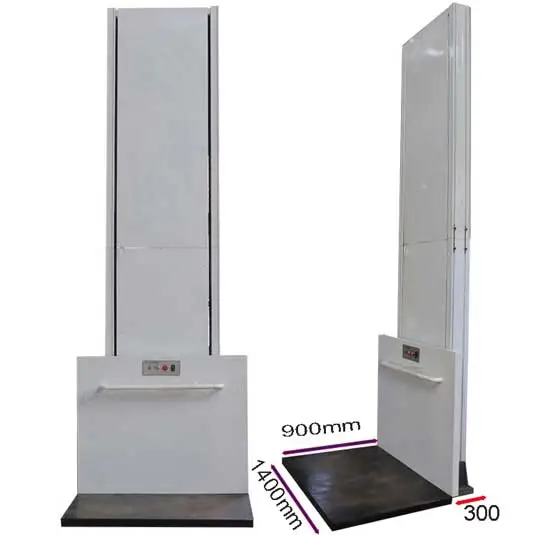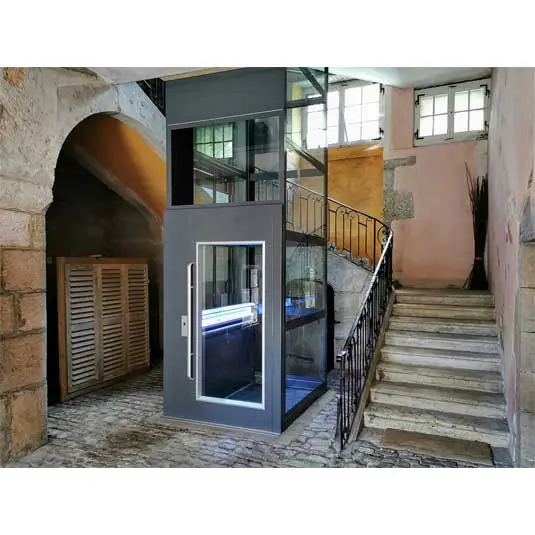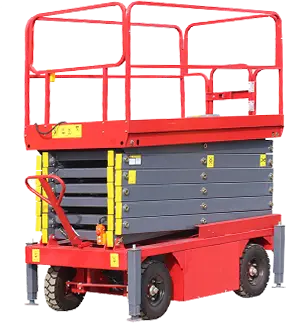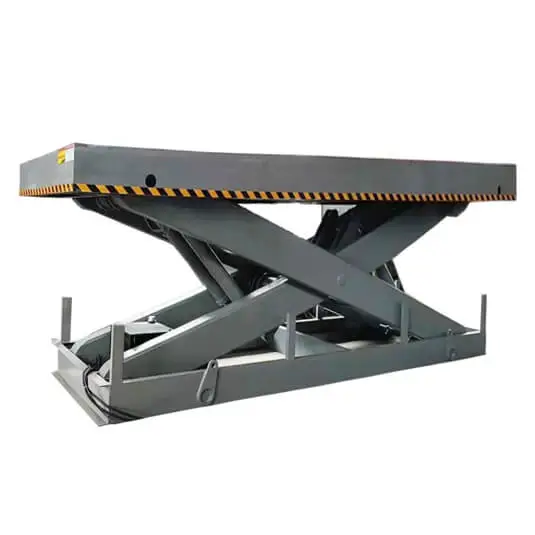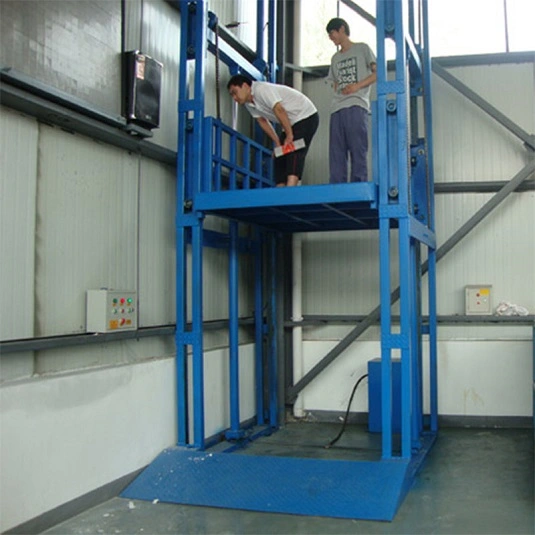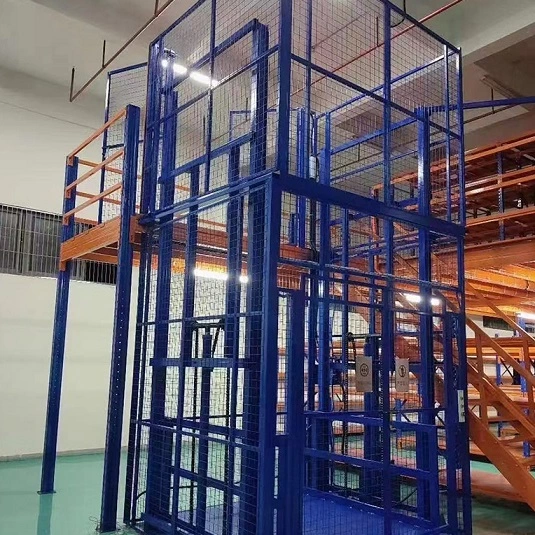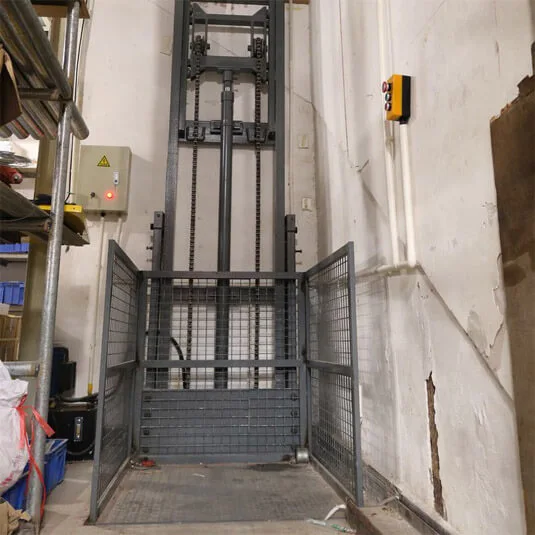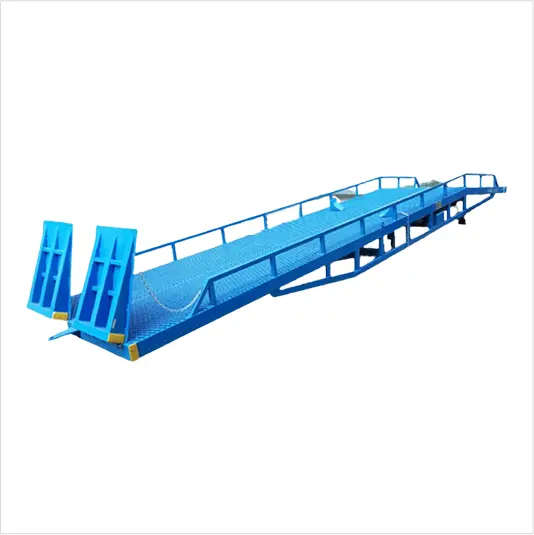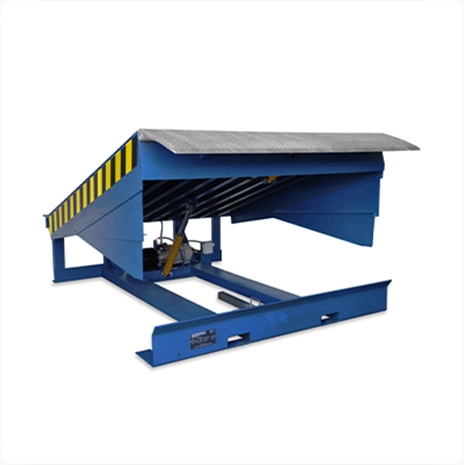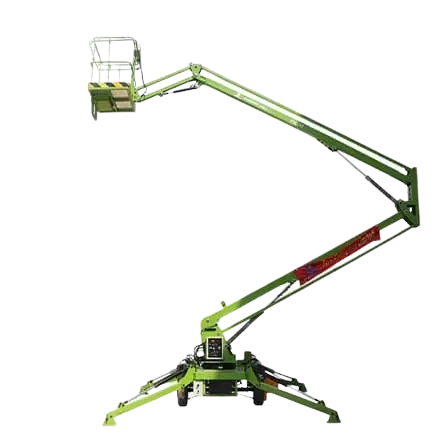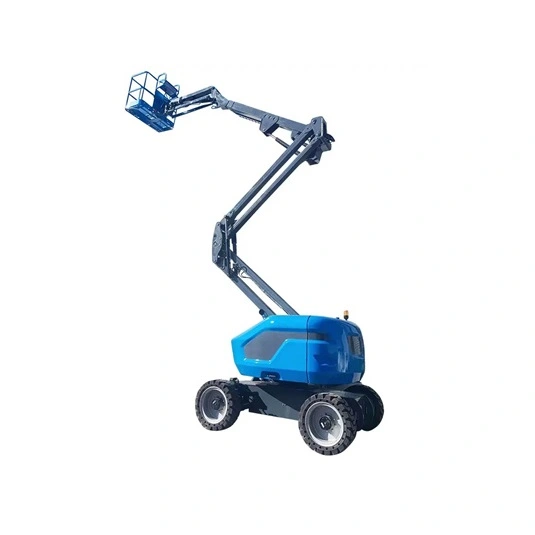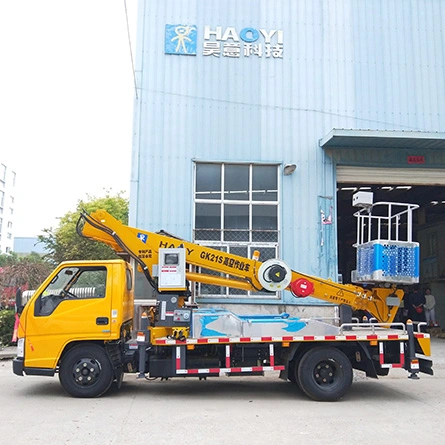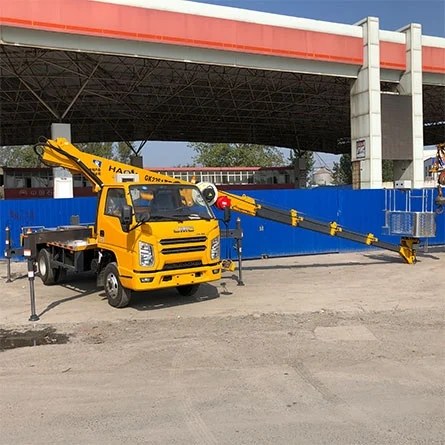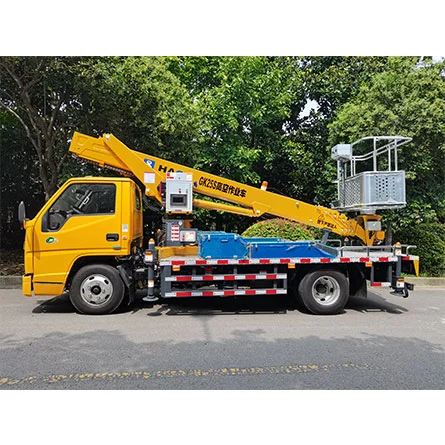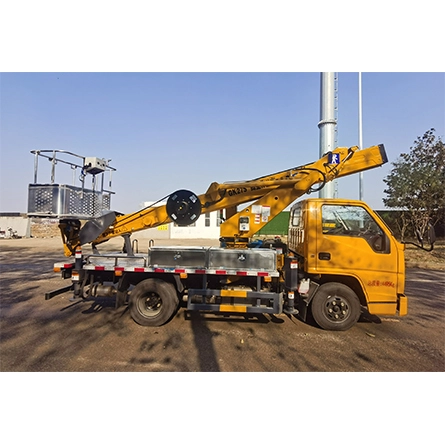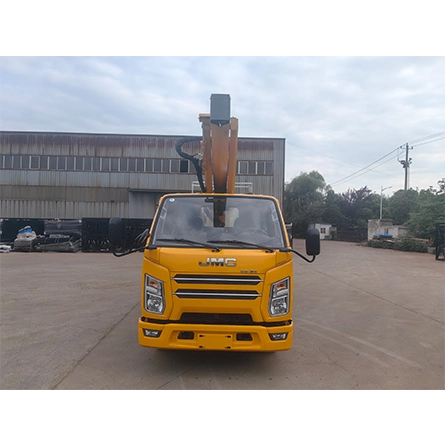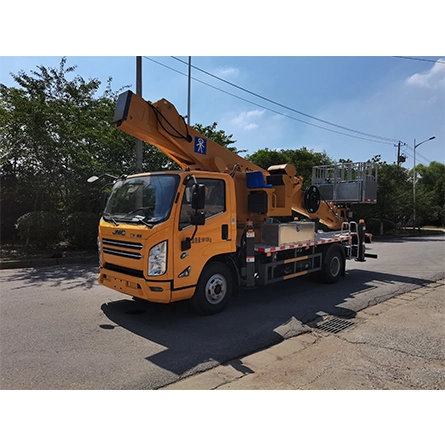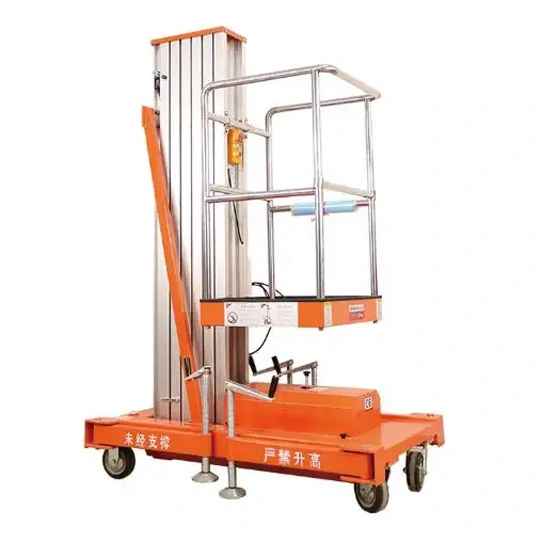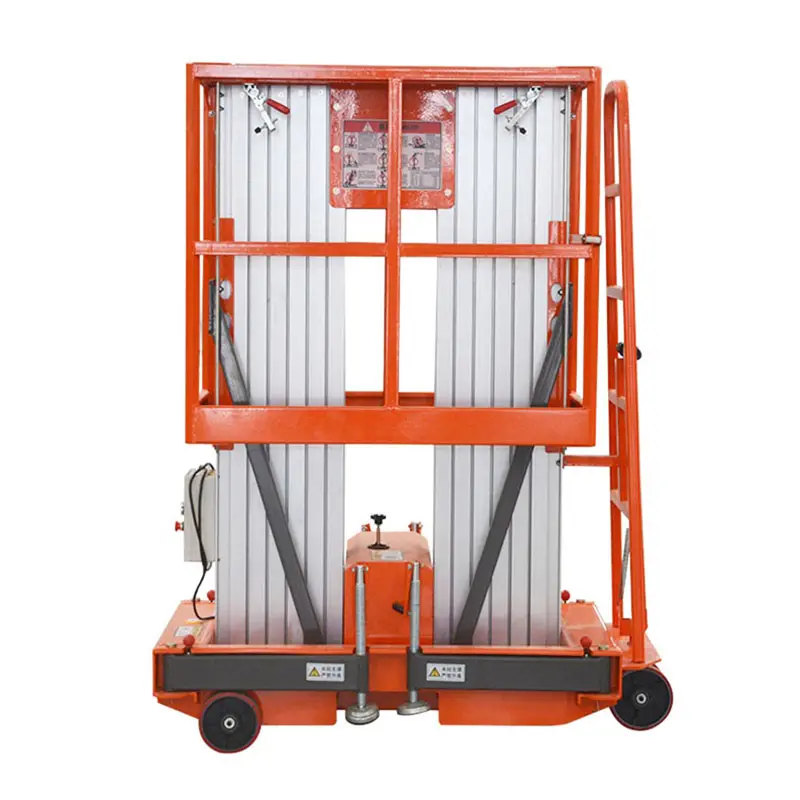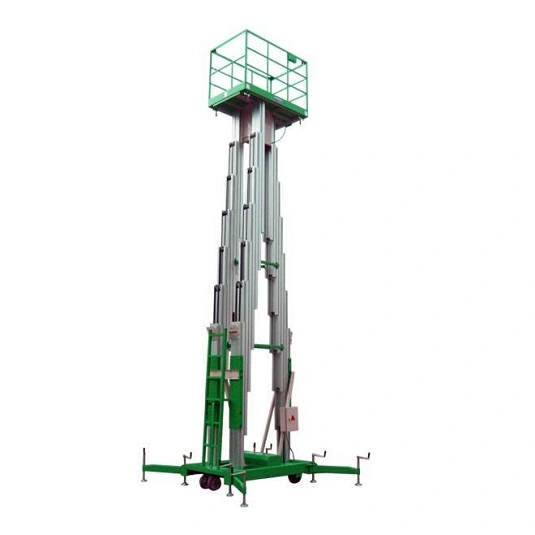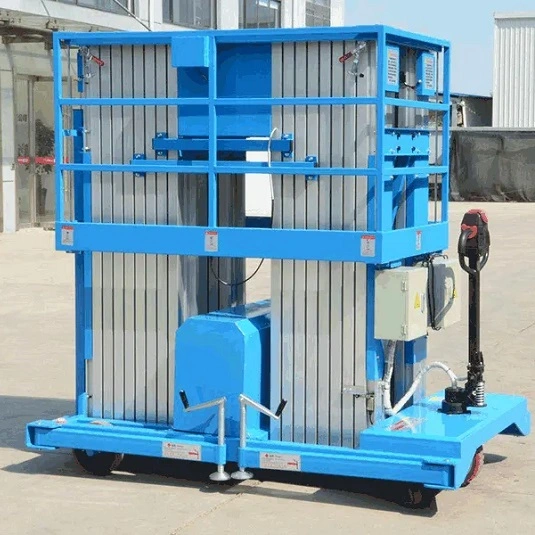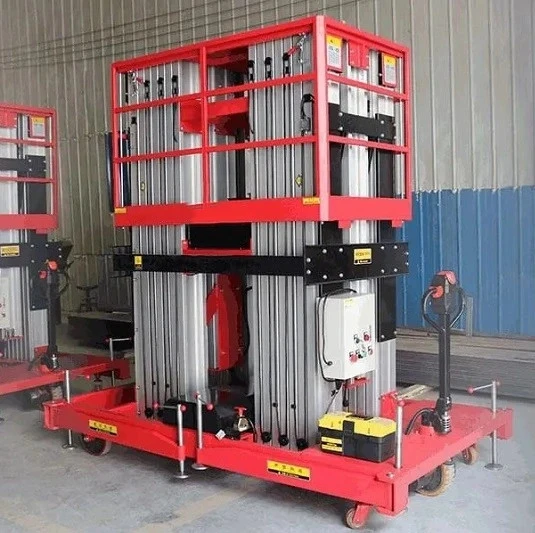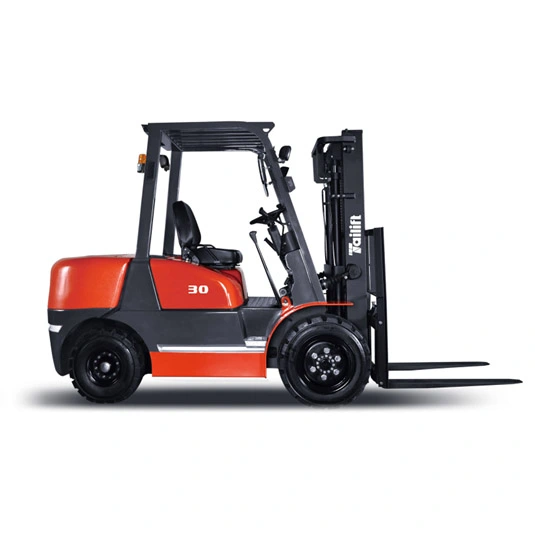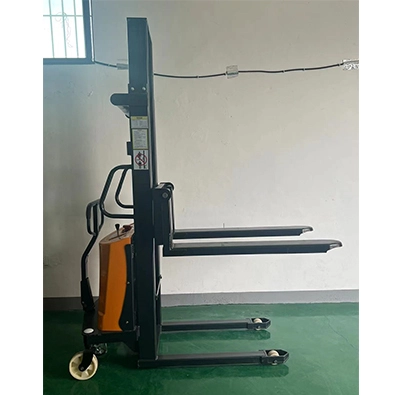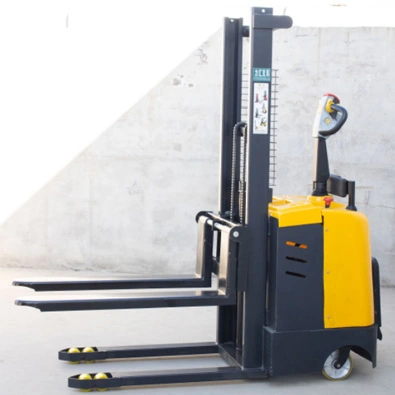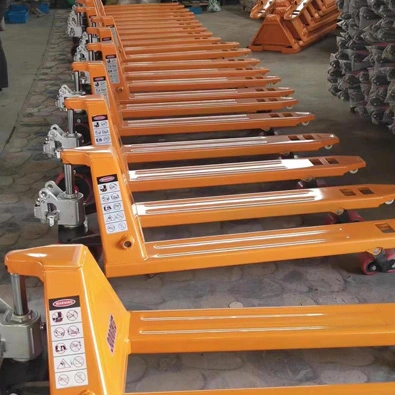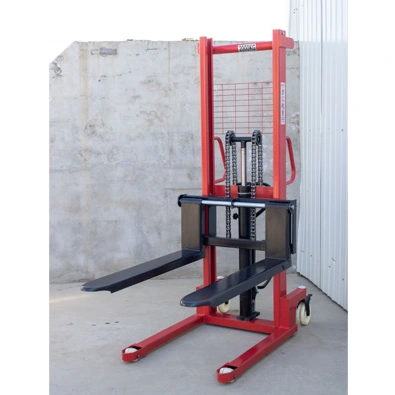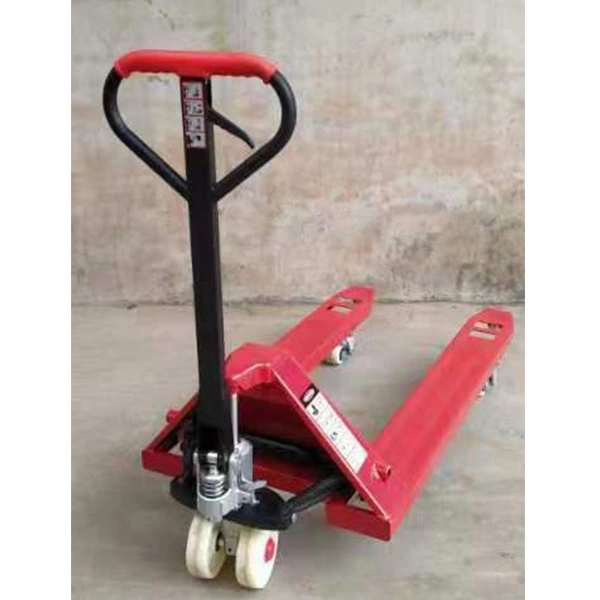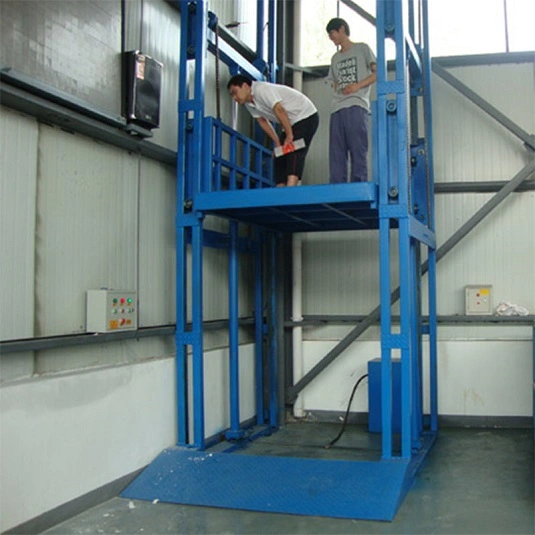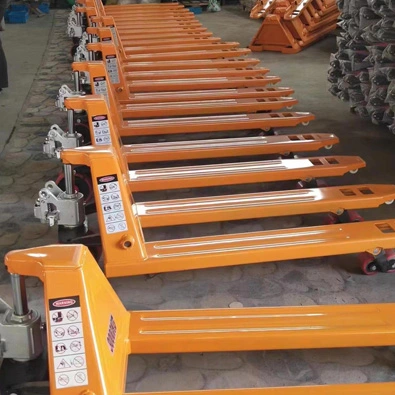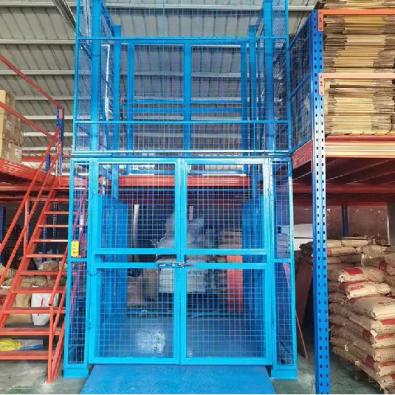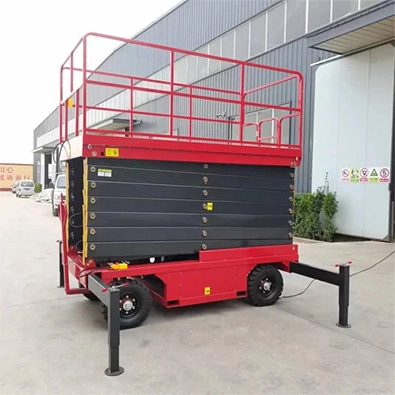In the realm of accessibility and inclusivity, innovation has been a driving force, ensuring that every individual can experience the world unhindered. Automobile wheelchair lifts are a testament to this spirit, revolutionizing how people with mobility challenges navigate the world of transportation. This blog explores the transformative journey of automobile wheelchair lifts, from their inception to their present and future potential.
From Challenge to Solution: The Evolution of Automobile Wheelchair Lifts
The earliest adaptations for individuals with disabilities involved manual ramps and lifts that required substantial effort and assistance. While these marked crucial steps toward accessibility, they were far from ideal, often posing physical challenges for both users and caregivers. The introduction of hydraulic and electric automobile outdoor wheelchair lifts for home marked a turning point in accessible travel. These innovations eliminated the physical strain associated with manual lifts, allowing for smoother and more efficient boarding of vehicles. Hydraulic lifts provided controlled motion, while electric lifts added user-friendly automation. As technology advanced, automobile wheelchair lifts evolved into integrated solutions that seamlessly fit into various vehicle models. From sedans to minivans and larger vehicles, these lifts became integral components of accessible travel. The convenience of foldable and stowable designs enhanced their usability.
Empowering Independence and Expanding Horizons
Automobile wheelchair lifts have transcended mere functionality, becoming symbols of independence for individuals with mobility limitations. The freedom to access vehicles without assistance empowers users to explore the world on their own terms, fostering a sense of agency and self-reliance. Modern lifts cater to diverse mobility needs, accommodating various types of wheelchairs and mobility devices. Moreover, these solutions are versatile across different vehicle types, giving users the flexibility to choose vehicles that suit their preferences and lifestyles. The impact of automobile wheelchair lifts reaches beyond physical mobility. These innovations contribute to an improved overall quality of life, facilitating social engagement, career opportunities, and leisure activities that might otherwise be hindered by transportation barriers.
Future Horizons: Innovation and Possibility
The rise of autonomous vehicles opens doors to new levels of accessibility. Automobile outdoor wheelchair lifts for home, integrated into self-driving cars, could revolutionize transportation for individuals with disabilities, allowing them to summon a vehicle and embark on journeys with unprecedented ease. Future breakthroughs in materials and design could lead to lighter, more efficient, and compact automobile wheelchair lifts. These innovations would simplify installation, enhance vehicle efficiency, and contribute to a greener, more sustainable travel landscape. The future of automobile wheelchair lifts may involve smart technologies such as remote control, smartphone app integration, and compatibility with vehicle ecosystems. These features would enhance convenience and make the entire experience even more intuitive.
Automobile wheelchair lifts have transcended their functional purpose to become enablers of independence, equality, and exploration. As technology continues to evolve, these lifts represent an ever-advancing commitment to breaking down barriers and fostering a world where everyone can experience the thrill of unrestricted mobility. The journey of automobile wheelchair lifts mirrors the human spirit's capacity for innovation, compassion, and the determination to create a more accessible and inclusive future.
Related topics recommendations:
Lightweight articulating boom lift
Electric hydraulic scissor lift
Narrow electric articulating boom lift
25m scissor lift
Vehicle mounted boom lift
Scissor lift maintenance
Articulating boom lift definition

